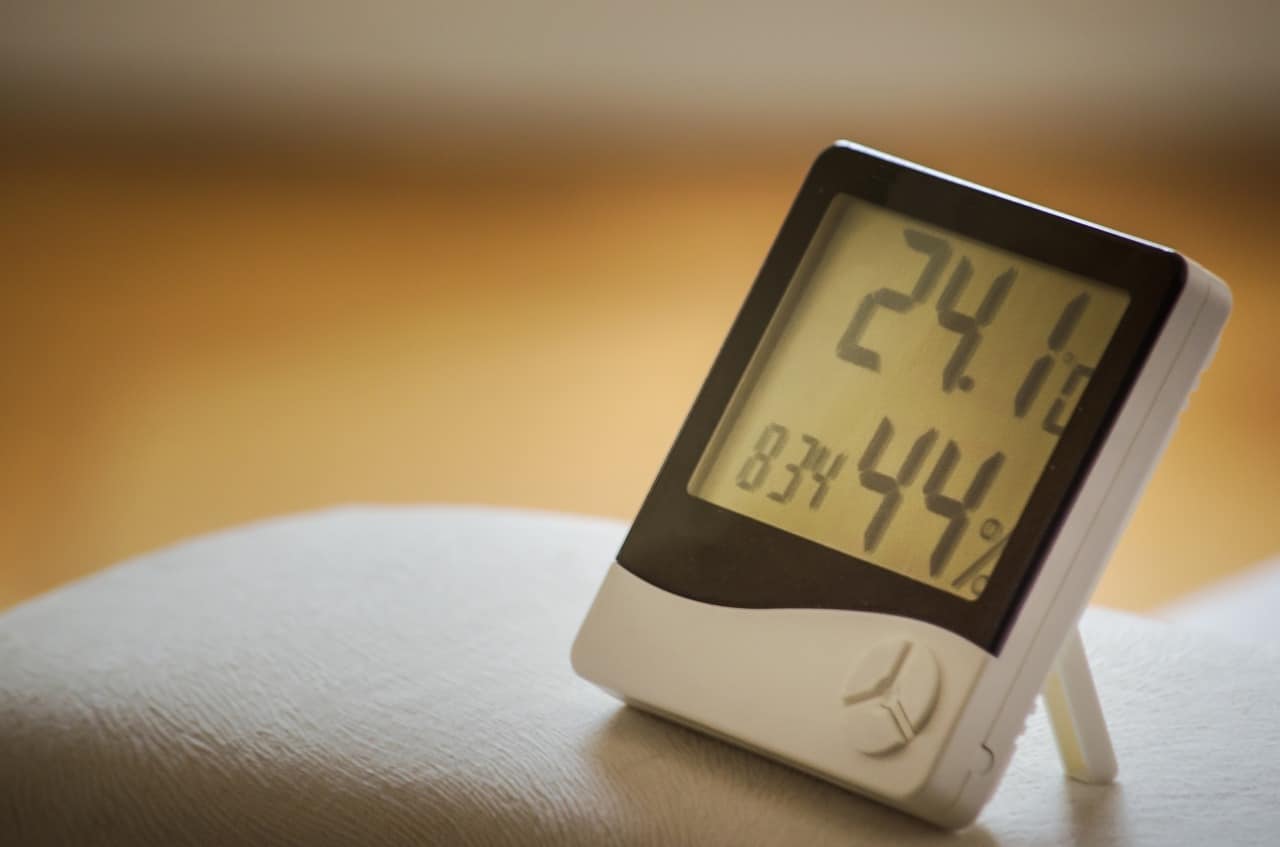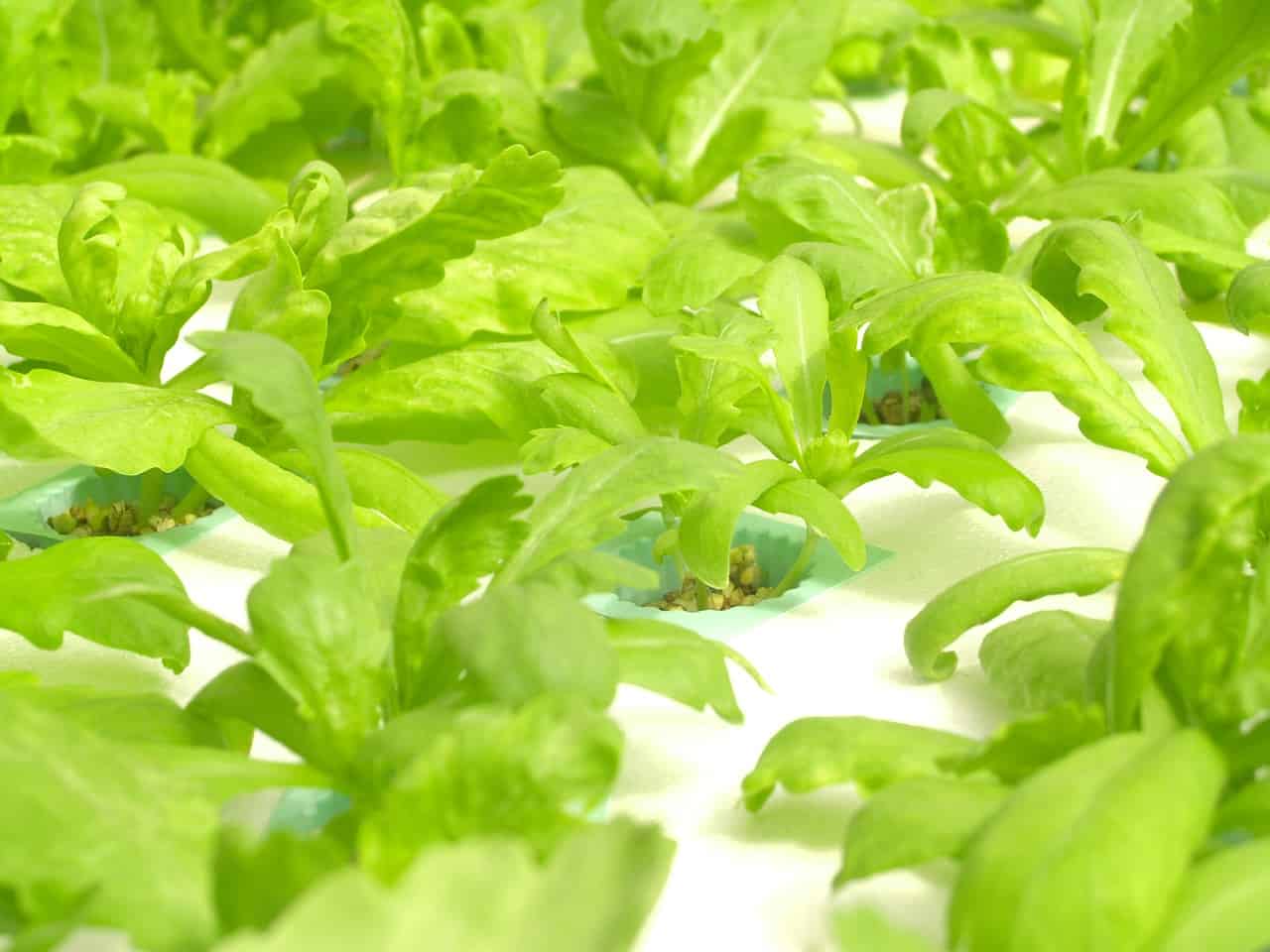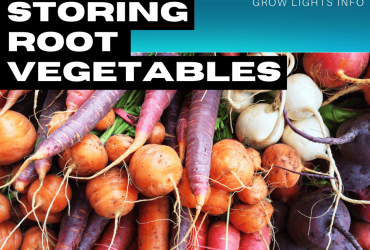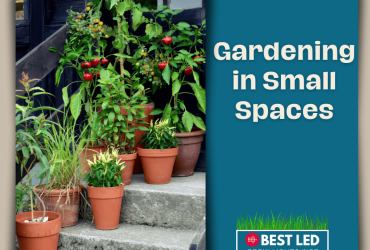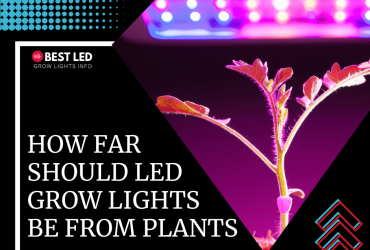How to Raise Humidity in a Grow Tent
How to control humidity in a grow tent or grow room is one of the most significant issues facing indoor gardeners. In this article, I’ll tackle how to raise humidity in a grow tent as well as how to raise humidity in a grow room and provide some options to help keep your plants from drying out.
There are several things you have to keep in mind when you decide to raise plants indoors. This is especially true when you do so inside a confined space such as a grow tent or grow room. While the focus of this article is on grow tents, everything is equally applicable to grow rooms (if you are fortunate enough to have space for a dedicated room).
Grow tents allow you to take care of a variety of plants year round, and grow all types of produce regardless of the current weather or climate zone.
The tents provide a controlled environment and commonly make use of hydroponics rather than conventional soil.
Some of the benefits of using a grow tent are a more efficient absorption of nutrients by the plants and keeping potentially harmful elements found in soil, such as parasites, extra dirt, mold, mildew, and eggs or larvae of plant-eating insects at bay.
Apart from the basics, such as regular cleanup of the system, quality of the seeds and seedlings, and fertilizers, another essential factor to keep in mind, to keep young plants alive and healthy is the humidity of the surroundings. Or simply put, the amount of water vapor in the air.
This article would aim to explain how and why moisture plays this critical role in the growth of plants, as well as ways to increase humidity in a grow tent, should the levels be found to be too low.
Importance of High Humidity
One of the reasons humidity is something that should be kept at a relatively high level is because plants need water to live. While they can get it from the roots, the reality is plants also get water from other parts as well.
In a more specific sense, they also absorb water from their stomata through the water vapor in the air. If there is little to no humidity in the surrounding environment, this will rob them of the opportunity to get water for their growth and development.
Baby plants are in their most critical phase, and they need water in this particular phase, before being “weaned” and prepared for the outside world.
Consequences of Low Humidity
Depriving new plants of high levels of humidity negatively affects their growth. Low moisture forces the plant to exert more effort, and thus possibly shorten its life or delay, or even stunt its growth and development.
Other consequences we associate with a low level of humidity in the growing environment would include leaving the plant to desiccate, thereby exposing the plant to mold and mildew, as well as an infestation of insects like spider mites.
The reason for this vulnerability is plants that are considerably less moist are more favorable and conducive for other organisms to take advantage of and flourish.
How Measure Humidity in a Grow Tent
Measuring the relative humidity in a grow tent will require either a hygrometer or a device that features a humidistat. A hygrometer monitors the humidity in a space while a humidistat is built into a device to help regulate the humidity in a room. In essence, a humidistat will have a built-in hygrometer it uses to measure the humidity so it can take action. These two terms are often used interchangeably but it is important to know the difference.
First, if you just want to know the relative humidity in your grow tent at a glance, you should look at hygrometers. For instance, the ThermoPro TP49 Digital Hygrometer is a low-cost option that will do the trick.
For those of us who like to know how the humidity is changing over time, I’d recommend something like the Govee Temperature Humidity Monitor. This device offers both an LCD output as well as the ability to use an app on your phone/tablet to sync the last 20 days worth of data. Knowing how the temperature and humidity fluctuates can help you determine what you need to change in your grow tent’s setup.
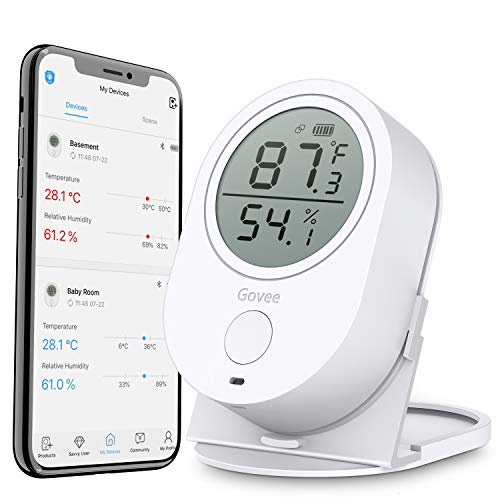
How to Increase Humidity in a Grow Tent
Lower Extraction Fan Setting
Fans are crucial in every grow tent simply because they allow the air to circulate and be well-distributed by plants. This facilitates the exchange of air inside the grow tent and outside, as fresh air has to be introduced to prevent harmful microorganisms from increasing in number and/or staying in the area. (Read more about fans in my grow tent setup article.)
Having your fan speed set too high, however, will cause the air to dry quicker, instead of allowing the water vapor to settle, and thereby be absorbed by the plants nearby. A lower fan setting or using a timer to control how often the fan runs will help raise humidity in a grow tent.
Add a Humidifer for Grow Tent
If you want to actively manage your grow tent humidity, try incorporating a humidifier or dehumidifier in your grow tent. Consider the volume of space you have in your tent or room when picking a humidifier. For small to medium sized tents, take a look at the following options:
Pure Enrichment MistAire Ultrasonic Cool Mist Humidifier
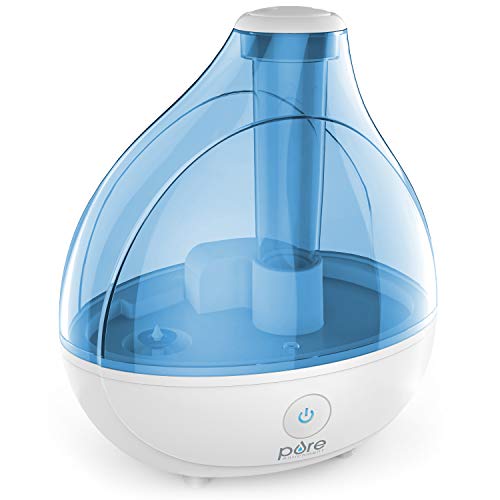
Compact, quiet, low power consumption, and adjustable nozzle, the Pure Enrichment MistAire Ultrasonic Cool Mist Humidifier fits into just about any grow tent. Put it on the bottom and direct the nozzle away from the lights. The one feature this doesn’t have is a built in humidistat.
TaoTronics Cool Mist Humidifier
The TaoTronics Cool Mist Humidifier is also quiet, efficient, and has an adjustable nozzle, but it also features a built-in humidistat. Set the humidistat and it will turn itself off once that humidity has been achieved (within +/- 5%). This is a great feature at an excellent price point.
Keep in mind that whichever humidifier you choose, plan to keep at least a 60% humidity level for your younger plants.
Lower the Temperature of Surroundings
It’s common knowledge that cool air, due to its relative density, will always sink to the bottom. A lower temperature means the air is relatively moist, thus having a more significant presence of water vapor.
This can be achieved merely by reducing the temperature of the heater or increasing the temperature of the air-conditioning system either of the tent itself or the grow room. Another way for you to do so would be to lower the intensity of the UV light, given that light facilitates the evaporation of water. This is not a point of concern really, given that young plants don’t need as much light.
Have Larger Plants inside the Grow Tent as Well
While some people may think larger plants will rob the younger plants of air, the reality is these larger plants actually contribute to the level of water vapor, and subsequently, the humidity inside the grow tent once you put them inside, alongside the baby ones. Just be sure you don’t overcrowd your grow tent.
Large plants undergo the respiration process as well which releases both carbon monoxide and water vapor into the air. Bigger leaves also mean more stomata, which implies that more water vapor will get released as well. This vapor then feeds the younger, smaller plants.
Place Water Sources Wherever Possible
One of the obvious and easiest ways to raise humidity in a grow tent is to place water trays beside the air intake tubing or passive air holes. You can also saturate sponges and put them near your growing trays.
The heat coming from the grow lights or heater will slowly evaporate this water, and in the process increase humidity inside the grow tent.
Cover Young Plants With Clear Glass or Plastic
Using a plastic tray cover or even plastic wrap, gently cover young plants to give them their own micro-climate within the grow tent. This allows them to trap and retain their own moisture for longer while giving them access to light. For slightly large plants you can look at other clear alternatives, such as bell cloches.
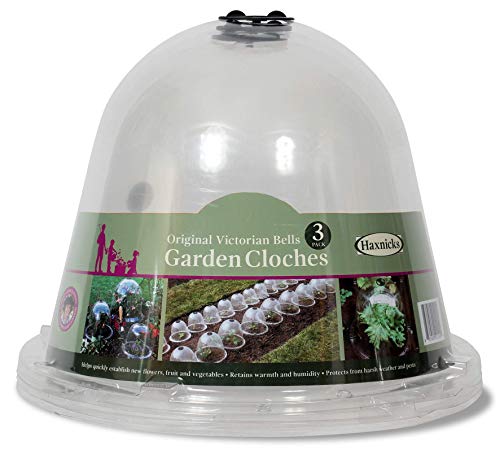
Conclusion
While keeping things moist inside your grow tent or grow room is of utmost importance, one of the things you have to keep in mind is that the water you use should be as clean as possible. Harmful bacteria can cause a range of diseases in your plants, as well as with you. Make regular maintenance an integral part of raising your plants, apart from just controlling the humidity in the grow tent.
Moreover, be careful with adding sponges or small trays of water near fans, given that these are materials that use electricity, and might short circuit when they come in contact with water.
I hope this has helped answer your questions about how to raise humidity in your grow room or tent.
Enjoyed this post? Pin it!
